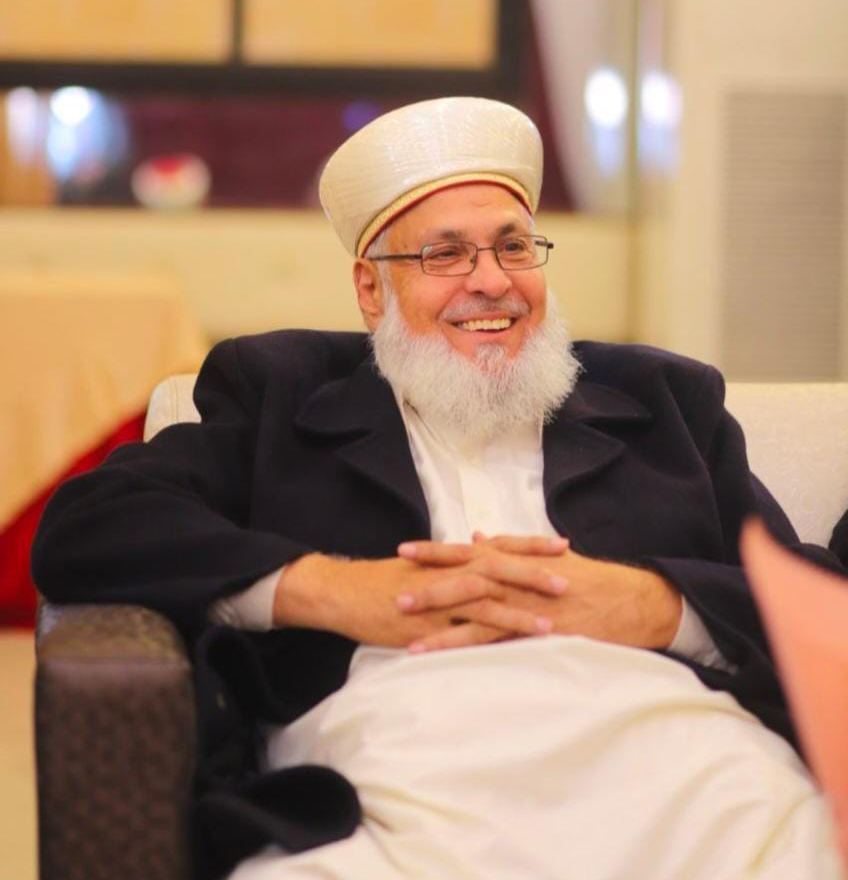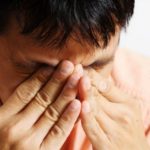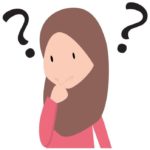
A stroke is a serious life-threatening medical condition that happens when the blood supply to part of the brain is cut off.
Strokes are a medical emergency and urgent treatment is essential.
The sooner a person receives treatment for a stroke, the less damage is likely to happen.
Symptoms of a stroke
The main symptoms of stroke can be remembered with the word FAST:
• Face – the face may have dropped on 1 side, the person may not be able to smile, or their mouth or eye may have dropped.
• Arms – the person with a suspected stroke may be unable to lift both arms and keep them there because of weakness or numbness in 1 arm.
• Speech – their speech may be slurred or garbled, or the person may not be able to talk at all despite appearing to be awake; they may also have problems understanding what you’re saying.
• Time – it’s time to take action immediately if you see any of these signs or symptoms.
Causes of a stroke
Like all organs, the brain needs the oxygen and nutrients blood provides to function correctly.
If the blood supply is restricted or stopped, brain cells begin to die. This can lead to brain injury, disability and possibly death.
There are two leading causes of strokes:
• ischaemic – where the blood supply is stopped because of a blood clot, accounting for 85% of all cases
• haemorrhagic – where a weakened blood vessel supplying the brain bursts
There’s also a related condition called a transient ischaemic attack (TIA), where the blood supply to the brain is temporarily interrupted.
This causes what’s known as a mini-stroke. It can last a few minutes or persist for up to 24 hours.
TIAs should be treated urgently, as they’re often a warning sign that you’re at risk of having a full stroke soon.
Certain conditions increase the risk of having a stroke, including:
• high blood pressure (hypertension)
• high cholesterol
• irregular heartbeats (atrial fibrillation)
• diabetes
Treating a stroke
Treatment depends on your stroke type, including which part of the brain was affected and what caused it.
Strokes are usually treated with medicine. This includes medicines to prevent and dissolve blood clots, reduce blood pressure and reduce cholesterol levels.
In some cases, procedures may be required to remove blood clots. Surgery may also be needed to treat brain swelling and reduce the risk of further bleeding if this is the cause of your stroke.
Recovering from a stroke
People who survive a stroke are often left with long-term problems caused by injury to their brain.
Some people need a long rehabilitation period before recovering their former independence, while many never fully recover and need ongoing support after their stroke.
Some people will continue to need some form of care or help with their daily activities.
Preventing a stroke
You can significantly reduce your risk of having a stroke if you:
• eat well
• take regular exercise
• quit smoking
If you have a condition that increases your risk of a stroke, it’s essential to manage it effectively. For example, taking medicine, you’ve been prescribed to lower high blood pressure or cholesterol levels.
If you’ve had a stroke or TIA in the past, these measures are particularly important because your risk of having another stroke is greatly increased.
The stroke formula is passed down from generation to generation to the head of the family known as the Sajjadah Nasheen (Pir). It is formed from many herbs and rare vegetation scrutinised for originality. This medication has been perfected over generations.
This medication is not created to prevent stroke rather it is used weeks after the stroke attack has occurred. The purpose of the medication is to relieve the tension caused by the stroke on the nerves and slowly restore functionality.
Results have proven that people unable to move different body parts, including arms and legs, had witnessed remarkable recovery and movement in their limbs.
The medication has no reports of side effects due to its herbal formula. Thousands of people have taken this medication to treat nerves after stroke and restore functionality with an exceptional result rate.

Pir Sahib believes that the people that may not have gained the expected results could be due to several factors.
This includes taking other medication with this or taking it inconsistently, or not following the instructions carefully, or simply their body does not accept the medicine.
Regardless of the tiny percentage, the success rate of the medication is far better than any other type of treatment available in the market.
Until this article on Maira Sharif’s official website, none of the medications had ever been advertised or commercialised to make money. The people who benefitted from these medications spread the word to their friends and family. For the greater good of the people, it has now been decided to harness social media to spread the word to save people suffering from spending fortunes without any benefit.
The medication is very cheap compared to the procedures and medicine available in the market. This is done deliberately to help people as the cost of making it is taken and nothing else.







